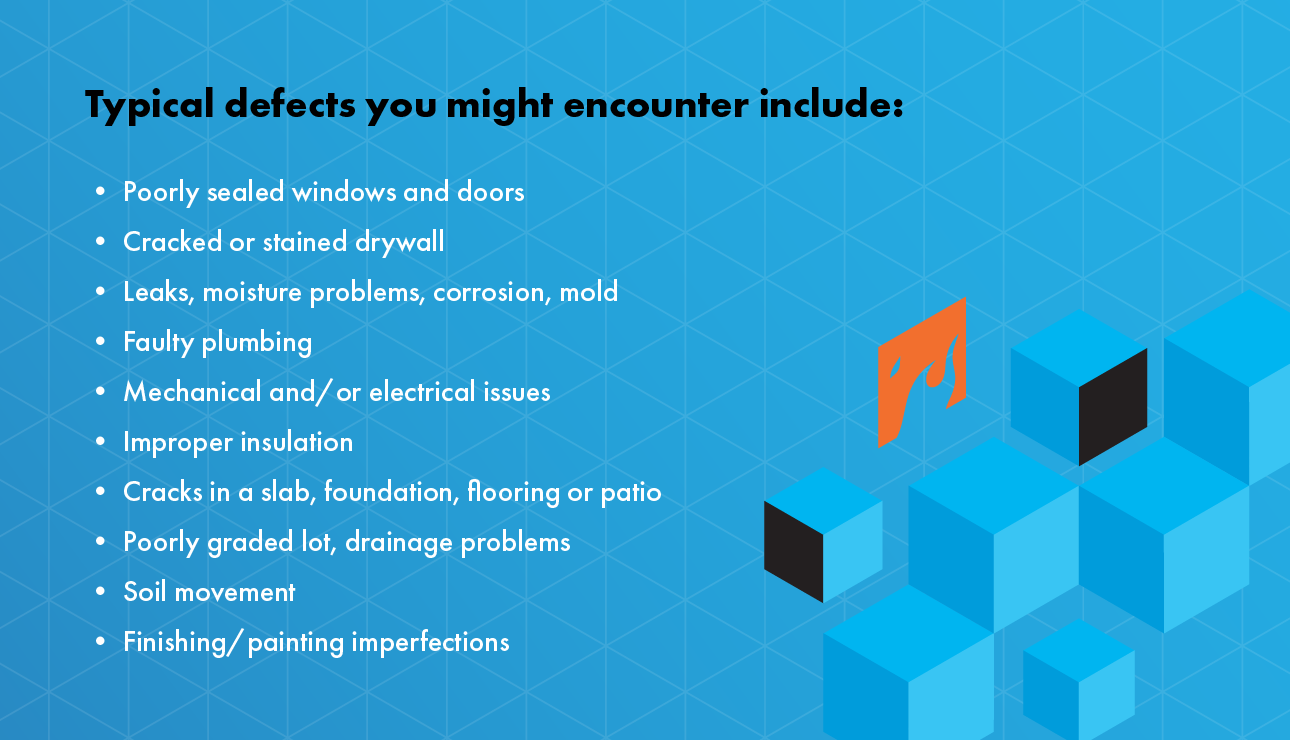Why Keeping Complete Records is Important in Case of a Construction Defect Claim
Defects are a part of the building process, and everyone makes mistakes. However, those mistakes could jeopardize your business and project if you don’t take the proper steps.
Avoid the headaches and costly mistakes by keeping complete records in case you encounter a construction risk claim. We all know that defects are a normal part of the job, but oftentimes, many defects are not discovered until years after the project has been completed, making traceability muddy. Hence, it is so important to protect your business and project through various risk-management strategies such as an effective documenting process.
The International Risk Management Institute (IRMI) defines a construction defect such as “deficiency in the design or construction of a building or structure resulting from a failure to design or construct in a reasonably workmanlike manner, and/or in accordance with a buyer’s reasonable expectation.”

Other types of defects may include:
Legal and financial consequences sometimes accompany 4 basic types of defect categories, such as:
- Design: Problems can occur when the architect or engineer designs something that isn’t functioning as anticipated or as intended by the owner; other times, the design might violate a code; or the design may be used for another purpose/project without modifications.
- Construction: Poor workmanship can result in numerous defects such as water intrusion, electrical, HVAC, and/or plumbing problems.
- Product and material: Materials also have defects, including asphalt shingles, drywall, waterproofing membranes, etc. For example, windows that leak can lead to water damage or fail to meet energy-saving requirements.
- Subsurface: Improperly compacted or expanding soil can cause a range of problems with settling and shifting. When houses are built on hills, it is hard to provide stable foundations. Therefore, the soil must be adequately prepared with adequate drainage.
Patent vs. Latent Defects
A patent defect is an obvious defect that can be easily seen, such as a leaky roof or cracks. On the other hand, a latent defect isn’t immediately obvious even with an inspection and manifests itself years after the project is completed. Some of these defects can include inadequate support, weak framing, a bad foundation, or mold caused by water infiltration.
Deadlines for the type of claim depend on the defect type, with the triggering event being its discovery. Latent defects can be challenging because they might be discovered after the warranty deadline. It might be hard to find the responsible parties if decades have passed and the builder/developer can argue that these defects should have been discovered sooner.
Other ways to eliminate defects
Creating safeguards before you get to the job site as you develop the work, documenting your job requirements, specs, and design/construction details plus standards are some of the ways you can eliminate future defects. When beginning a project, you should: always keep detailed records of all work (photos, tests, inspection results, any changes, letters, meetings, etc.) and document any standards that may not have been met.
Additionally, have a clear ongoing line of communication with the project owner and hold regular meetings. Make sure to discuss any situations, including where standards aren’t being met. An independent third party can help review work and ensure patents are free of defects. Always keep a detailed list of items not yet completed.
Afterward, you will have up to a year present patent defects when a claim can be made (liability period). This is why it is extremely important to document everything during the warranty period to establish the defect and its extent as soon as possible.
Insurance protection uncertainty
The IRMI states that “Whether, and to what extent, coverage applies in liability policies for claims alleging construction defects is a matter of serious debate both in insurance circles and in the courts.” Keep in mind that a standard CGL policy may not cover all defects, though they usually cover bodily injury, property damage, accidents, and other conditions that result in harm. Be advised that courts have proven to be inconsistent as some states deny coverage under a CGL policy while others have found property damage due to defective construction. A CGL may provide coverage for specific kinds of defects but may exclude defects caused by mold, earth movement, residential factors, damage by subcontractors, etc. and subcontractors can be held liable over a limited period.
Knowing what is covered by a warranty and/or insurance is essential! Performance bonds will make sure work is performed as specified, while a warranty bond guarantees that workmanship and material defects found in the original construction will be repaired or replaced in the warranty period. On the other hand, a subcontractor default insurance offers the option of covering the cost of correcting defective or non-conforming work or materials, while an errors and omissions policy may cover design, workmanship, and faulty materials that cause property damage.

